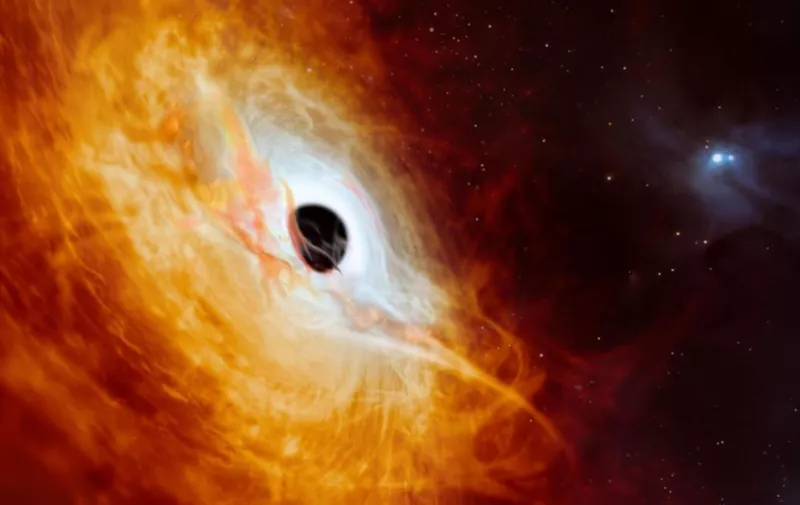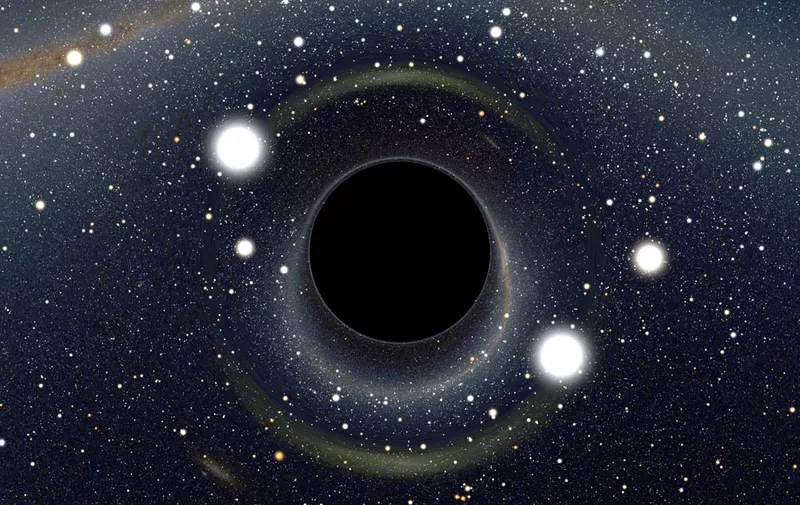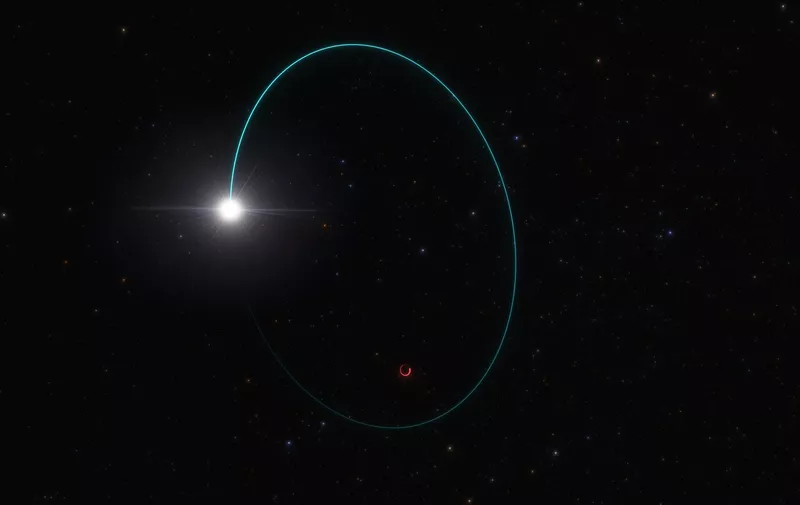Astronomi otkrili golemu, najbrže rastuću crnu rupu: 'Bilo tko je može vidjeti'
Svijetli 7000 puta jače od naše galaksije, objavilo je Australsko nacionalno sveučilište

Astronomi su otkrili najbrže rastuću crnu rupu mase usporedive s tri milijarde Sunaca, koja svake sekunde troši ekvivalent jedne Zemlje i svijetli 7000 puta jače od naše galaksije, objavilo je u srijedu Australsko nacionalno sveučilište (ANU).
Istaknuli su kako su crne rupe usporedive veličine prije više milijardi godina prestale rasti tolikom brzinom.
“Astronomi su lovili ovakve objekte više od 50 godina. Našli su tisuće bljeđih, ali ovaj zapanjujuće svijetli objekt provukao se nezapaženo”, rekao je glavni istraživač Christopher Onken s ANU-a, nazvavši ga “vrlo velikom, neočekivanom iglom u plastu sijena.”
‘Urušile se dvije galaksije jedna u drugu?’
“Sada želimo znati zašto je ova crna rupa drugačija – je li se dogodilo nešto katastrofalno? Možda su se dvije velike galaksije urušile jedna u drugu, usmjeravajući puno materijala u crnu rupu kako bi je nahranili”, rekao je Onken.
Koautor Christian Wolf nazvao je crnu rupu koja postavlja rekorde “izuzetnom”. “Prilično smo uvjereni da ovaj rekord neće biti oboren. U biti nam je ponestalo neba gdje bi se ovakvi objekti mogli sakriti”, istaknuo je.
“Orbite planeta u našem Sunčevom sustavu sve bi stale unutar horizonta događaja – granice crne rupe iz koje ništa ne može pobjeći”, kazao je koautor Samuel Lai. Autori su istaknuli da je crna rupa toliko svijetla da je bilo tko s kvalitetnijim teleskopom može primijetiti u određenim uvjetima.



